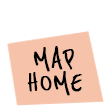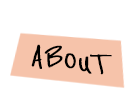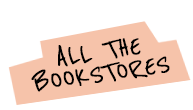Share a quote from a book or poem that bares your bookstore’s soul.
“Freedom is in the gaps, in the nascent and emergent, in the unexamined space in between things–but it is there. [. . .] In prayer or meditation, in what we ritualize, our visions become more real the more space we give to them. There are already visions around you that have shaped most everything in our world. If they do not serve us, perhaps it is time to revisit our imaginations, perhaps it is time to dream new dreams. Underneath our current reality is a future waiting to be conjured.” – Prentis Hemphill, What It Takes to Heal
Why was your bookstore founded/what role does it play in the community?
Our bookstore was founded in mid-2025, when our community and country found itself in the midst of increased turmoil: book bans, state-sanctioned violence against already disenfranchised groups, ongoing public health crises, genocide, etc. Earlier this year, Zo was laid off from their corporate job and was yearning to do something that would better serve their community. Standing on the legacy of bookstores as places of community engagement, meeting of ideas, relationship building, and expanding worldviews, we want to continue this work, offering a third space to individuals and community groups who seek space to connect, learn, and organize. Our mission is to offer readers more diverse viewpoints and deepen their connection to their communities. We partner with local non-profits to help people take what they’ve learned from reading to committed community action.
What makes your bookstore unique?
Our pop-up and online bookstore carries books across age ranges and genres, but we exclusively feature stories by and about historically marginalized voices. Our selection of books is thoughtfully curated to ignite expansion, introspection, and more meaningful connection. Through the books we carry, we hope that readers can see themselves in new stories, find new perspectives, and expand their ideas of what is possible. Beyond the literary arts, we carry goods and art made by marginalized artists, predominantly from the local area.





 Endless Wonders Books
Endless Wonders Books


